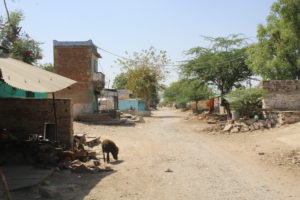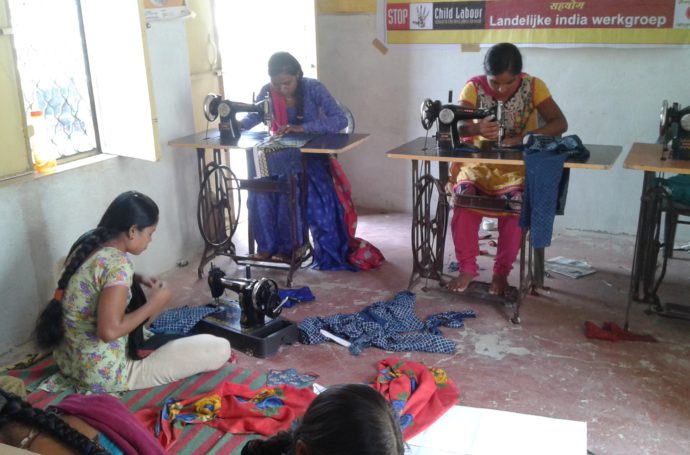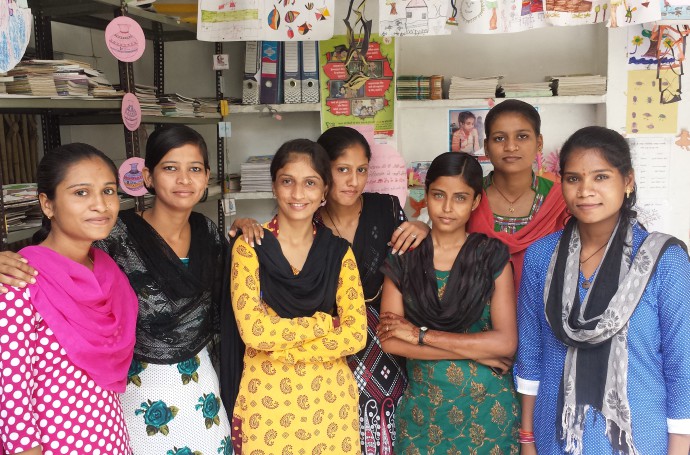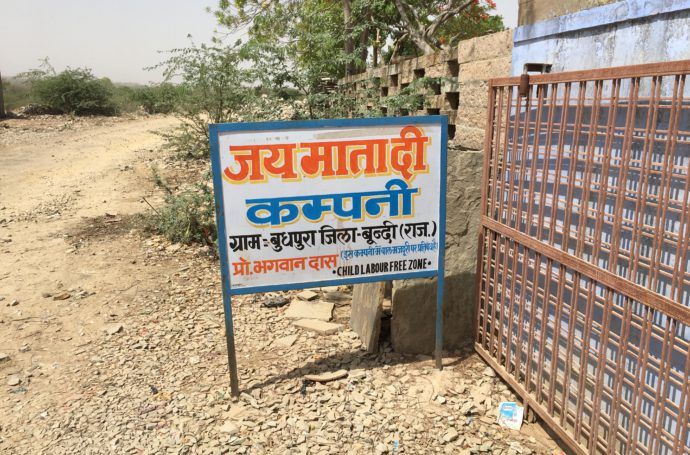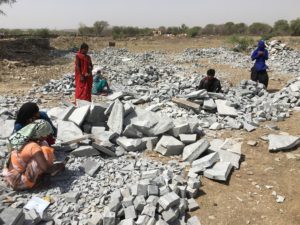No Child Left Behind: A Retrospective Series on the Progress Made and What’s To Come
In this four-part series, we’ll take a look back at the No Child Left Behind program, the progress that’s been made, and also explore what’s on the horizon.
Part 1: A Beginning Filled with Hope and Uncertainty
To begin a project like No Child Left Behind was a daunting proposition. It meant walking into Budhpura, a village rife with challenges and steeped in tradition, with the goal of creating significant change. For the team involved in getting the project off the ground, there was no shortage of emotion – from hope to fear and everything in between.
